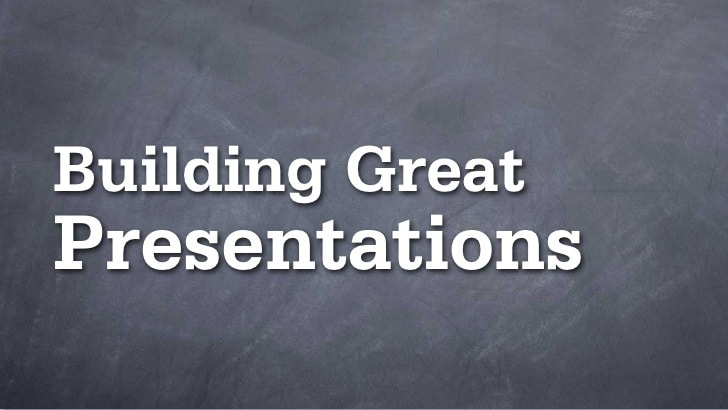I sat in the room with about 10 people as they walked me through their upcoming major product presentation. I was hired to review their content, their presentation skills, and their ability to deliver the message.
It is a common project for us. After 32 years of delivering our ideas, we have developed methodologies around a very simple but powerful formula, what we call; The Architecture of Presentation. Like designing a building, a great presentation has a plan, a plan of parts that need key skill sets to deliver.
The ability to communicate an idea to a group of people is one of the most sought-after professional skill sets in business and rightly so. The talent to create a connection between an audience and an idea is what drives most innovation. An idea goes through three phases:
- I GET IT: That’s the idea developing traction.
- I FIND IT OF VALUE: That’s the idea connecting.
- I CAN APPLY THIS IDEA IN THE CONTEXT OF WHAT I DO OR WHAT I NEED: That’s the idea gaining importance, significance, and practical application.
That’s what a great presenter is charged with, taking a group of people on that journey.
Here are the three (yep, only 3) pieces you need to master to make that happen:
1. COMFORT: You need to have a strong level of comfort with the content and its delivery. Comfort varies from presenter to presenter. Most find it in the repetition of rehearsal. Not practice! You practice your golf swing, but you rehearse a presentation. You say it out loud. You do it for your team or your significant other. Comfort fights off nerves. It fights off the often sense of dread that might accompany speaking in front of people Comfort is immediately felt by the audience and they equally will feel your discomfort. The good news is that it can be taught. You need, first and foremost a strong sense of comfort around your presentation.
2. CONNECT: Inside each and every presentation are key points, focal pieces of content that are connection points. Every great presenter knows where the connection points are in their presentation. They know these points take a very specific amount of attention and concentration. This is where the idea is driven home. Connections points are at their highest impact when they are simple and visual.
3. INFLUENCE: This is the actual goal of any presentation; it’s to influence the outcome of something. It might be to get a sale. It might be to have a process or system changed. It might be to have a behavior shifted. It could be shifting the way a group thinks. It can be myriad things, but your goal is to influence the audience, to move them from where they are to where you want them to be.
The combination of these two formulas, the phases of an idea and the architecture of the presentation based on comfort, connections, and influence, lead to great things happening on stage.
We are often challenged by clients that say; you either have it or you don’t when they look at their team’s presentation skills. NOPE. WRONG. We have taught 1000’s of people to present. Now, some had innate talent and with a small amount of help became presentation superstars. While others that feared public speaking more than death, with the right learning program became good presenters. This is a LEARNED skill set.
With 2018 planning on your table, you should take a hard look at how you and your team can improve your skill sets and put them to use in meeting your strategic goals.


Leave a Reply